Refine listing
Actions for selected content:
17000 results
On the Conditions of the Atmosphere and on the Calculation of Heights by the Barometer
- from ON THE HEAT OF VAPOURS AND ON ASTRONOMICAL REFRACTIONS
-
- Book:
- On the Determination of the Distance of a Comet from the Earth
- Published online:
- 05 June 2015
- Print publication:
- 21 August 2014, pp 305-316
-
- Chapter
- Export citation
CONTENTS
- from ON THE THEORY OF THE MOON, AND ON THE PERTURBATIONS OF THE PLANETS
-
- Book:
- On the Determination of the Distance of a Comet from the Earth
- Published online:
- 05 June 2015
- Print publication:
- 21 August 2014, pp 59-60
-
- Chapter
- Export citation
ON THE COMPUTATION OF ECLIPSES AND OCCULTATIONS
- from AN ELEMENTARY TREATISE ON THE COMPUTATION OF ECLIPSES AND OCCULTATIONS
-
- Book:
- On the Determination of the Distance of a Comet from the Earth
- Published online:
- 05 June 2015
- Print publication:
- 21 August 2014, pp 171-210
-
- Chapter
- Export citation
AN ELEMENTARY TREATISE ON THE COMPUTATION OF ECLIPSES AND OCCULTATIONS
-
- Book:
- On the Determination of the Distance of a Comet from the Earth
- Published online:
- 05 June 2015
- Print publication:
- 21 August 2014, pp 167-168
-
- Chapter
- Export citation
General Expressions
- from ON THE HEAT OF VAPOURS AND ON ASTRONOMICAL REFRACTIONS
-
- Book:
- On the Determination of the Distance of a Comet from the Earth
- Published online:
- 05 June 2015
- Print publication:
- 21 August 2014, pp 285-288
-
- Chapter
- Export citation
Comparison of Theory with Observation
- from AN ELEMENTARY TREATISE ON THE TIDES
-
- Book:
- On the Determination of the Distance of a Comet from the Earth
- Published online:
- 05 June 2015
- Print publication:
- 21 August 2014, pp 251-258
-
- Chapter
- Export citation
Method of predicting the Time and Height of High Water
- from AN ELEMENTARY TREATISE ON THE TIDES
-
- Book:
- On the Determination of the Distance of a Comet from the Earth
- Published online:
- 05 June 2015
- Print publication:
- 21 August 2014, pp 258-267
-
- Chapter
- Export citation
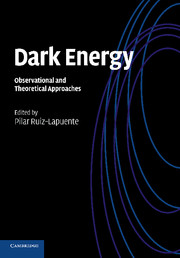
Dark Energy
- Observational and Theoretical Approaches
-
- Published online:
- 05 July 2014
- Print publication:
- 18 March 2010
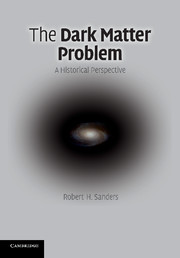
The Dark Matter Problem
- A Historical Perspective
-
- Published online:
- 05 July 2014
- Print publication:
- 22 April 2010
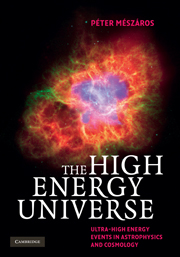
The High Energy Universe
- Ultra-High Energy Events in Astrophysics and Cosmology
-
- Published online:
- 05 July 2014
- Print publication:
- 16 September 2010
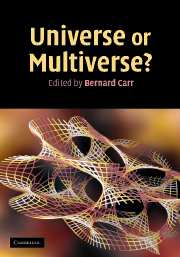
Universe or Multiverse?
-
- Published online:
- 05 July 2014
- Print publication:
- 21 June 2007

Electromagnetic Scattering by Particles and Particle Groups
- An Introduction
-
- Published online:
- 05 July 2014
- Print publication:
- 24 April 2014
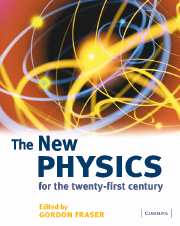
The New Physics
- For the Twenty-First Century
-
- Published online:
- 05 June 2014
- Print publication:
- 13 February 2006
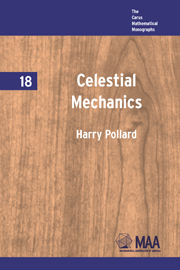
Celestial Mechanics
-
- Published by:
- Mathematical Association of America
- Published online:
- 05 June 2014
- Print publication:
- 01 June 1976
-
- Book
- Export citation
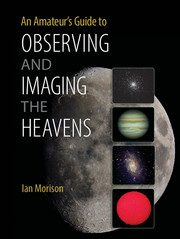
An Amateur's Guide to Observing and Imaging the Heavens
-
- Published online:
- 05 June 2014
- Print publication:
- 26 May 2014
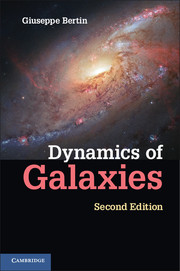
Dynamics of Galaxies
-
- Published online:
- 05 June 2014
- Print publication:
- 21 April 2014
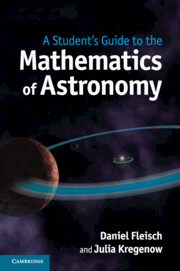
A Student's Guide to the Mathematics of Astronomy
-
- Published online:
- 05 June 2014
- Print publication:
- 29 August 2013
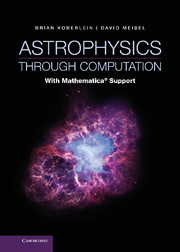
Astrophysics through Computation
- With Mathematica® Support
-
- Published online:
- 05 June 2014
- Print publication:
- 28 June 2013
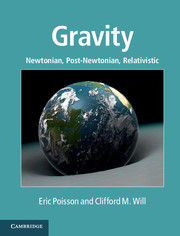
Gravity
- Newtonian, Post-Newtonian, Relativistic
-
- Published online:
- 05 June 2014
- Print publication:
- 29 May 2014
7 - Post-Minkowskian theory: Implementation
-
- Book:
- Gravity
- Published online:
- 05 June 2014
- Print publication:
- 29 May 2014, pp 328-370
-
- Chapter
- Export citation
